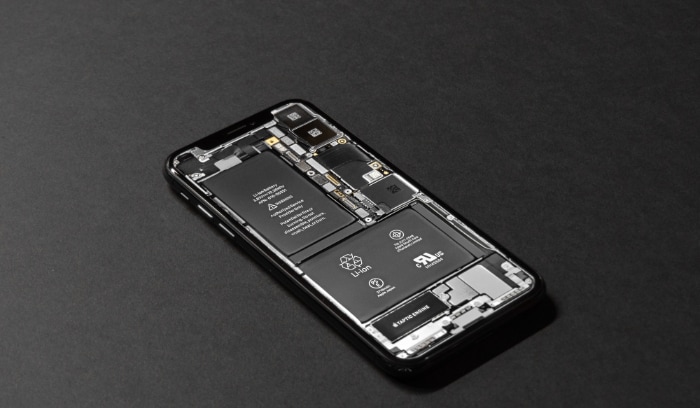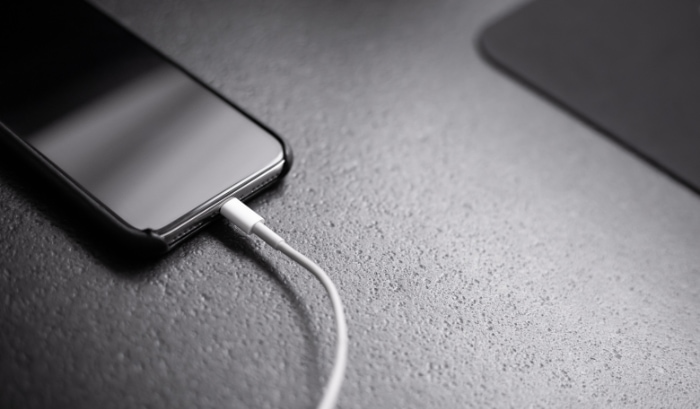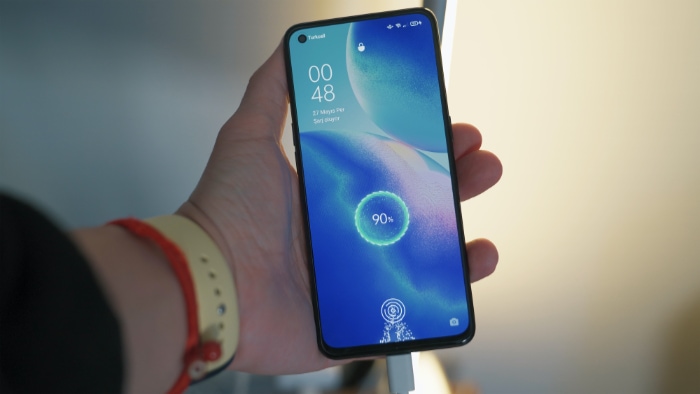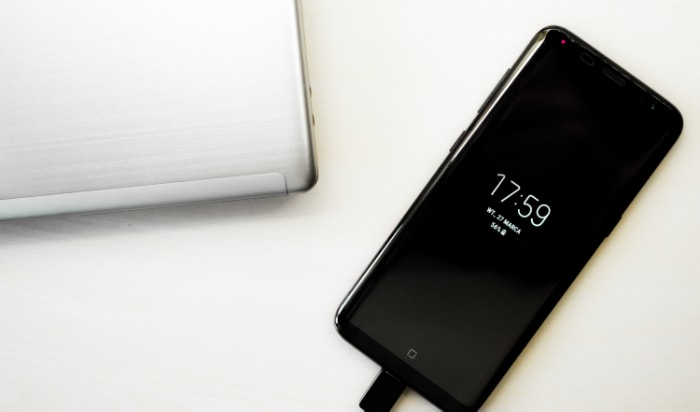Slow vs. Fast Charging: Pros, Cons, and Insights

Powering up our smartphones has become as routine as brushing our teeth. Yet, the way we charge these devices is far from uniform.
The emergence of fast charging technology has introduced a new dynamic to this daily ritual, challenging the traditional slow charging method we’ve long relied on. This shift raises questions about efficiency, battery health, and user convenience.
Are lightning-quick charge times worth potential long-term battery degradation? Does slow charging still have a place in our fast-paced world?
Fast Charging Technology
Fast charging has become a highly sought-after feature in modern smartphones, offering users the ability to quickly replenish their device’s battery. This technology has evolved rapidly, with various manufacturers developing their own standards and protocols.
Several fast charging standards have emerged in the smartphone industry, each with its own unique approach to rapid power delivery. Some of the most prominent standards include:
- USB Power Delivery (USB-PD): Developed by the USB Implementers Forum, USB-PD is a widely adopted standard that supports power delivery up to 100W. It’s used by many manufacturers, including Apple and Google, and is compatible with a wide range of devices.
- Qualcomm Quick Charge: This standard is commonly found in devices using Qualcomm’s Snapdragon processors. Quick Charge has gone through several iterations, with the latest versions offering significant improvements in charging speed and efficiency.
- OnePlus Warp Charge: Formerly known as Dash Charge, this proprietary technology from OnePlus focuses on delivering high current at a consistent voltage to charge devices rapidly while minimizing heat generation.
- Oppo SuperVOOC: This standard boasts some of the fastest charging speeds available, with claims of fully charging a 4,000mAh battery in just 30 minutes.
- Samsung Adaptive Fast Charging: Samsung’s proprietary technology is designed to work seamlessly with their devices, offering fast charging capabilities while prioritizing battery health.
Power Output and Charging Speeds
Fast charging technologies operate at significantly higher power levels compared to standard charging methods. While a typical slow charger might deliver 5W of power, fast chargers can provide anywhere from 18W to 100W or more.
The actual charging speed depends on various factors, including the charger’s capabilities, the device’s maximum charging rate, and the current battery level. For example, a 65W charger might be able to charge a compatible phone from 0% to 50% in just 15 minutes, while a full charge might take around 40 minutes.
It’s worth noting that charging speeds often slow down as the battery approaches full capacity. This is a deliberate safety measure to protect the battery from overheating and excessive stress.
Device and Charger Compatibility
Compatibility is crucial when it comes to fast charging. Using a fast charger with an incompatible device will typically result in the device charging at its standard rate, negating the benefits of the fast charging technology.
To ensure compatibility:
- Check your device specifications: Manufacturers usually list the fast charging standards supported by their devices in the product specifications.
- Use certified chargers: Stick to chargers certified for your device’s fast charging standard to ensure optimal performance and safety.
- Mind the cable: Fast charging often requires specific cables capable of handling higher power loads. Using the wrong cable can limit charging speeds or even pose safety risks.
- Look for universal standards: Some standards, like USB-PD, are more universally compatible and can work across different brands and devices.
It’s important to note that while many fast charging technologies are proprietary, efforts are being made to standardize fast charging. The European Union, for example, has mandated the use of USB-C for all smartphones, which could lead to more widespread adoption of universal fast charging standards like USB-PD.
Slow Charging Characteristics

While fast charging technology has gained significant popularity, slow charging remains a widely used and reliable method for powering up smartphones. This traditional approach to charging offers several advantages, including broader compatibility and potential benefits for battery health.
Slow charging, also known as standard or regular charging, typically operates at power levels of 5 watts or less. This method has been the standard for many years and continues to be used in various scenarios.
The charging process using this method is gradual, allowing the battery to absorb energy at a steady pace.
A typical slow charger delivers around 5V/1A (5 watts) of power, which translates to charging speeds of about 1% of battery capacity per minute.
For example, a smartphone with a 3000mAh battery might take approximately 3 hours to charge from 0% to 100% using a slow charger.
Many users prefer slow charging overnight, as it allows them to wake up to a fully charged device without the need for rapid power delivery. This approach aligns well with most people’s sleep schedules and doesn’t require special equipment or compatibility considerations.
Energy Efficiency and Battery Health
Slow charging offers several potential benefits in terms of energy efficiency and long-term battery health.
Heat generation during slow charging is typically lower compared to fast charging methods. Excessive heat can degrade battery components over time, so the cooler charging process of slow charging may contribute to better long-term battery health.
The gradual nature of slow charging puts less stress on the battery cells. This reduced stress can potentially lead to a longer overall lifespan for the battery.
Slow chargers often have simpler circuitry, which can result in less energy loss during the power conversion process. While the difference may be small, it can add up over time, potentially making slow charging slightly more energy-efficient.
Many slow charging systems employ trickle charging when the battery nears full capacity. This method maintains the battery at full charge without overcharging, which can be beneficial for battery longevity.
Broad Compatibility Across Devices
One of the most significant advantages of slow charging is its near-universal compatibility across devices. This widespread compatibility stems from several factors.
Most slow chargers use standard USB Type-A ports, which have been the norm for many years. This means that a slow charger purchased for one device will likely work with many others.
Slow chargers typically adhere to the basic USB power specification of 5V/1A. This standardization ensures that these chargers can safely power a wide range of devices without risking damage due to incompatible power delivery.
Devices capable of fast charging are designed to be backward compatible with slow chargers. When connected to a standard charger, these devices will simply charge at the slower rate.
Due to their universal nature, slow chargers are often the most convenient option for travelers. A single charger can often serve multiple devices, reducing the need to carry multiple specialized chargers.
The broad compatibility of slow charging makes it a reliable option in various situations.
Whether you’re borrowing a charger from a friend, using a public charging station, or relying on older charging equipment, slow charging ensures that you can power your device, albeit at a more gradual pace.
While it may not offer the rapid power delivery of fast charging technologies, slow charging remains a dependable and widely compatible method for keeping smartphones powered.
Its potential benefits for battery health and energy efficiency, combined with its universal nature, ensure that slow charging continues to play a significant role in the mobile device ecosystem.
Impact on Battery Health

The charging method you choose for your smartphone can significantly influence the long-term health and performance of its battery. Both slow and fast charging techniques have distinct effects on battery life, with various factors contributing to the overall impact.
Heat Generation During Charging
Heat is a major factor in battery degradation, and different charging methods generate varying amounts of heat. Fast charging typically produces more heat than slow charging due to the higher power transfer rate.
This increased temperature can accelerate chemical reactions within the battery, potentially leading to faster degradation of the electrode materials and electrolyte.
Slow charging, on the other hand, generally results in lower heat generation. The gradual power transfer allows the battery to dissipate heat more effectively, reducing the risk of temperature-related damage.
However, it’s worth noting that even slow charging can cause heat buildup if the device is used intensively while charging or if it’s placed in a poorly ventilated area.
Manufacturers often implement thermal management systems to mitigate heat-related issues. These systems may include features like adaptive charging speeds that slow down power transfer when the device gets too warm, helping to protect the battery from excessive heat exposure.
Pressure on Battery Components
The rate at which a battery charges can place different levels of stress on its internal components. Fast charging subjects the battery to rapid changes in its chemical composition, which can lead to mechanical stress on the electrodes and separator.
During fast charging, lithium ions move quickly from the cathode to the anode.
This rapid movement can cause the anode to expand more quickly than during slow charging, potentially leading to mechanical stress and, in extreme cases, damage to the battery structure.
Slow charging allows for a more gradual ion transfer, reducing the mechanical stress on the battery components. This gentler approach may contribute to a longer overall lifespan for the battery, as it minimizes the physical wear and tear on the internal structures.
Long-Range Capacity Implications
Over time, all rechargeable batteries experience some degree of capacity loss. However, the rate at which this occurs can be influenced by charging habits.
Fast charging, while convenient, may accelerate capacity loss due to the increased stress and heat generation associated with rapid power transfer.
Repeated fast charging cycles can lead to the formation of dendrites – small, needle-like structures that grow on the anode. These dendrites can reduce the battery’s overall capacity and, in severe cases, cause short circuits.
Slow charging, with its more gradual approach, may help preserve battery capacity over the long term.
The reduced stress and heat generation associated with slow charging can slow down the degradation of the battery’s active materials, potentially extending the useful life of the battery.
Battery Management System
Modern smartphones incorporate sophisticated battery management systems (BMS) to optimize charging and protect the battery. These systems play a crucial role in mitigating the potential negative impacts of both slow and fast charging.
A BMS monitors various parameters such as temperature, voltage, and current during the charging process. It can adjust the charging speed in real-time to prevent overheating and overcharging.
For fast charging, the BMS may reduce the charging speed as the battery nears full capacity to minimize stress on the cells.
Some advanced BMS implementations use machine learning algorithms to adapt to individual usage patterns. These systems can optimize charging strategies based on factors like daily charging habits and typical usage cycles, further helping to preserve battery health over time.
The BMS also plays a role in slow charging, ensuring that the battery doesn’t overcharge even when left connected to a charger for extended periods. This is particularly important for users who routinely charge their devices overnight.
While both slow and fast charging methods have their place in modern smartphone use, it’s clear that they can have different impacts on battery health.
Fast charging offers convenience at the potential cost of increased long-term wear, while slow charging may help preserve battery life but requires more time.
The key to maintaining optimal battery health lies in a balanced approach, leveraging the benefits of both methods while being mindful of their potential drawbacks.
Practical Considerations

Choosing between fast and slow charging methods involves more than just technical specifications. It’s about finding the right balance between convenience, battery health, and safety.
Time Efficiency and User Convenience
Fast charging technology has revolutionized the way we power our devices, offering significant time savings compared to traditional slow charging methods. With fast charging, users can quickly top up their battery during short breaks, reducing the need for prolonged charging sessions.
For example, many fast charging systems can provide several hours of usage from just a 15-30 minute charge. This rapid power boost is particularly valuable for users with busy schedules or those who frequently forget to charge their devices overnight.
Slow charging, while less time-efficient, offers its own form of convenience. It allows for worry-free overnight charging without concerns about overcharging or the need to unplug the device at a specific time. This “set it and forget it” approach aligns well with many users’ daily routines.
Optimal Scenarios for Fast and Slow Charging
The choice between fast and slow charging often depends on the specific situation and user needs.
Fast charging is ideal for:
- Emergency situations when you need a quick battery boost
- Topping up during short breaks at work or while traveling
- Preparing for a night out when you realize your battery is low
Slow charging is better suited for:
- Overnight charging while you sleep
- Situations where you have ample time and don’t need immediate use of the device
- Charging at your desk during a workday when the device isn’t in constant use
Striking a Balance
While fast charging offers undeniable convenience, it’s important to consider its potential long-term effects on battery health. Frequent use of fast charging can lead to increased heat generation and stress on battery cells, potentially accelerating battery degradation over time.
A balanced approach might involve using fast charging when necessary but relying on slow charging for routine, everyday charging. This strategy allows you to benefit from the convenience of fast charging without subjecting your battery to constant stress.
Some users adopt a “40-80” rule, keeping their battery charge between 40% and 80% most of the time, and only fully charging or discharging occasionally. This practice can help prolong battery life, regardless of the charging method used.
Conclusion
Smartphone charging isn’t a one-size-fits-all solution. Fast charging offers quick power boosts for busy days, while slow charging provides a gentler approach for overnight use. Each method has its strengths: fast charging saves time, and slow charging may help preserve battery health.
Safety matters with both approaches, so always use proper equipment. Your ideal charging strategy depends on your lifestyle and how you use your device.
Mix and match these methods based on your daily needs. This balanced approach can keep your phone powered up when you need it, while also looking after its long-term health.
By being mindful of when and how you charge, you can enjoy the best of both worlds – convenience and battery longevity.


